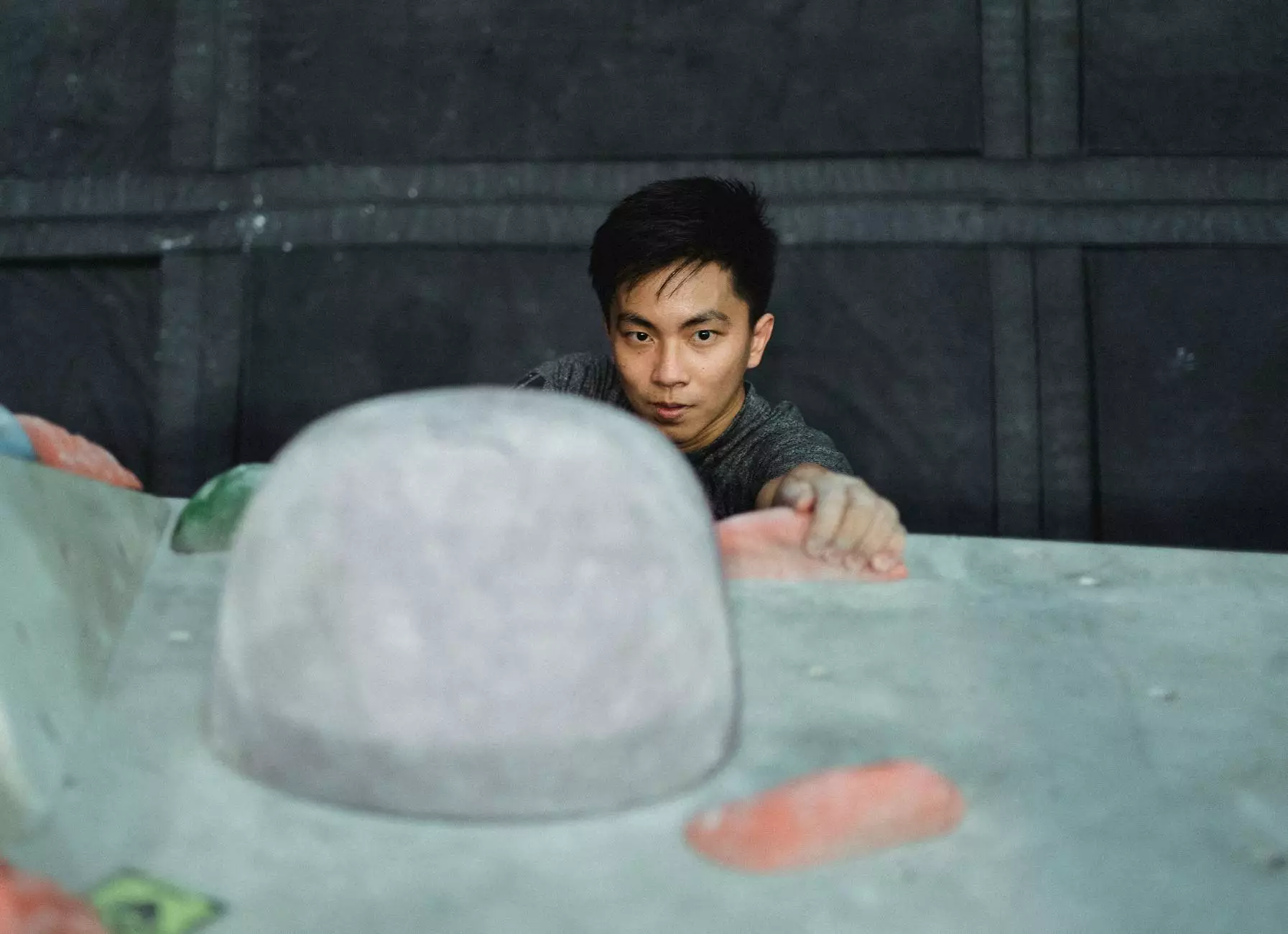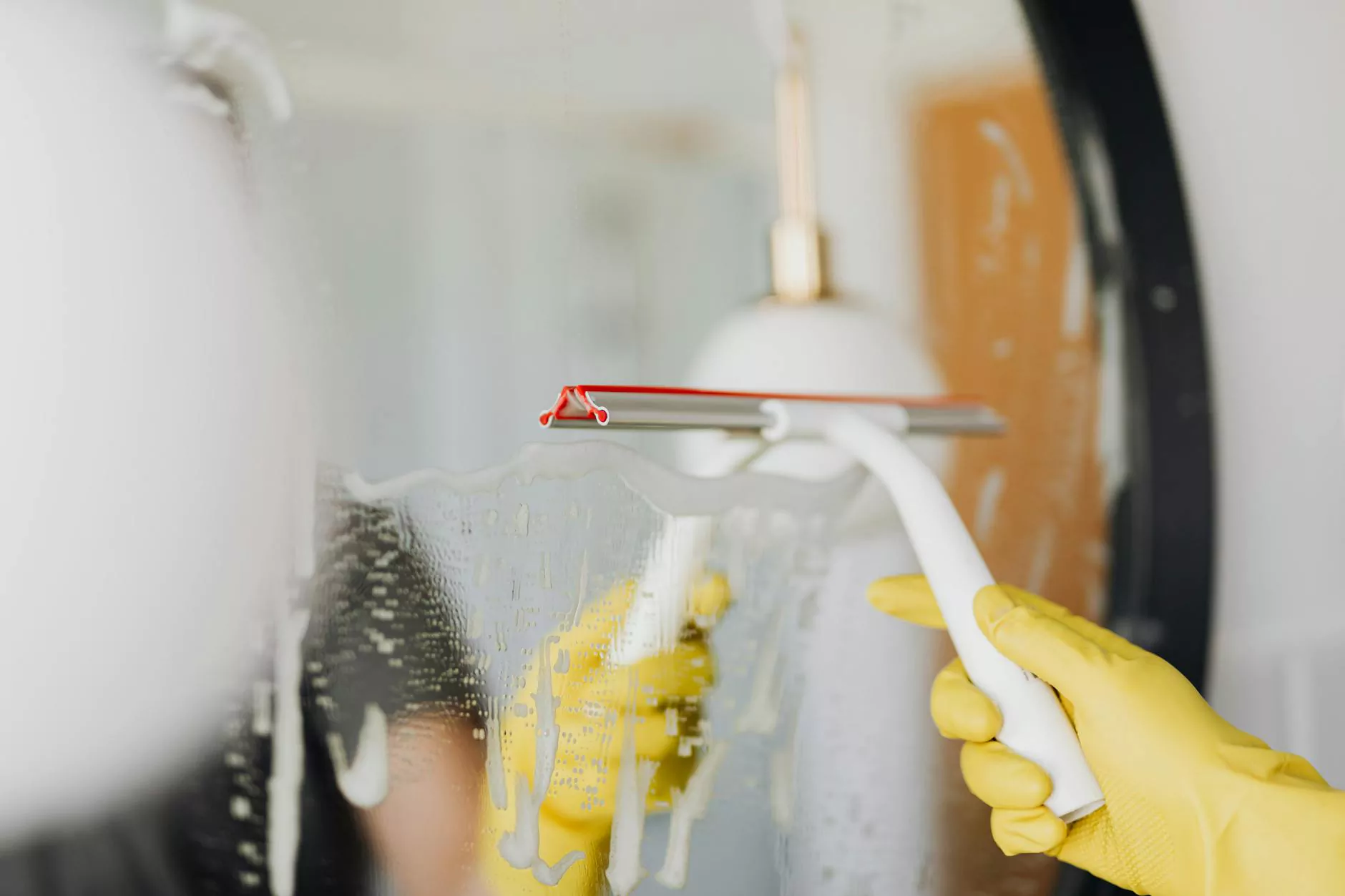Understanding Brachioplasty: Your Guide to Arm Surgery

Brachioplasty, commonly referred to as an arm lift, is a cosmetic surgical procedure aimed at tightening and reshaping the upper arms. For many individuals, particularly those who have experienced significant weight loss, aging, or fluctuations in body weight, excess skin and fat can become a concerning issue. This comprehensive article delves into the intricacies of brachioplasty and outlines its benefits, procedures, recovery process, and more, ensuring you have a well-rounded understanding of this transformative surgery.
What is Brachioplasty?
Brachioplasty is a surgical procedure designed to remove excess skin and fat from the upper arms, resulting in arms that are more toned and youthful in appearance. It is particularly beneficial for those suffering from sagging skin due to weight loss, genetic factors, or the natural aging process. The procedure is often sought after in conjunction with other body contouring surgeries, helping to enhance the overall silhouette.
Why Consider Brachioplasty?
Deciding to undergo brachioplasty is a personal choice that can stem from various motivations. Here are some common reasons individuals consider the procedure:
- Excess Skin Removal: One of the primary reasons people opt for brachioplasty is to eliminate sagging skin that can hang down, often making patients feel self-conscious.
- Improved Physical Comfort: Excess skin can cause discomfort during physical activity or when wearing certain clothing, particularly in warmer months.
- Enhanced Aesthetic Appeal: Many individuals desire a more toned and youthful appearance, which brachioplasty can help achieve.
- Boosted Self-Esteem: A slimmer, more sculpted upper arm can significantly enhance self-esteem and body confidence.
The Brachioplasty Procedure
Understanding the brachioplasty procedure itself is crucial for anyone considering this surgery. The operation involves several key steps:
1. Preoperative Consultation
Before undergoing surgery, it is vital to have a comprehensive consultation with a qualified surgeon. This visit typically includes:
- A thorough examination of your medical history.
- Discussion of aesthetic goals and expectations.
- Evaluation of your overall health and potential risks.
- Recommendations regarding the surgical approach that may be best suited for you.
2. Anesthesia
Brachioplasty is performed under general anesthesia, ensuring that the patient is completely comfortable and pain-free throughout the procedure.
3. Incision Techniques
The surgical approach generally involves making incisions on the underside of the upper arm. Depending on the amount of skin to be removed and the desired results, the incisions may vary in length. Here are common incision techniques used:
- Traditional Incision: Extends from the elbow to the armpit, providing maximum skin removal.
- Shorter Incisions: Less invasive procedures may use smaller incisions, leading to minimal scarring.
4. Skin and Fat Removal
Once the incisions are made, excess skin and fat are carefully removed. The remaining skin is then pulled tight and sutured in place, resulting in a more contoured appearance.
5. Recovery and Aftercare
Post-surgery, patients are typically monitored for a short period before being discharged. Here are some key aspects of recovery:
- Rest: Adequate rest is essential, and patients should avoid strenuous activities for several weeks.
- Follow-Up Visits: Regular check-ups with the surgeon are crucial to monitor healing and address any concerns.
- Scarring Management: Surgeons may recommend techniques or products to minimize scarring as the incisions heal.
Risks and Considerations
Like any surgical procedure, brachioplasty poses certain risks. Understanding these is vital for informed decision-making:
- Infection: Post-surgical infections can occur but are generally manageable with appropriate care.
- Scarring: Scarring is a natural part of the healing process; however, individuals should discuss incision placement and techniques to minimize visible scarring.
- Anesthesia Risks: As with any procedure requiring anesthesia, there are associated risks that should be discussed with the anesthesiologist.
- Uneven Results: In some cases, the results may not be symmetrical, and additional corrective surgery may be required.
Who is an Ideal Candidate for Brachioplasty?
Not everyone may be a suitable candidate for brachioplasty. Ideal candidates typically include individuals who:
- Are at or near their goal weight.
- Have realistic expectations about the surgery and its outcomes.
- Are generally healthy, without underlying health conditions that may complicate recovery.
- Do not smoke or are willing to quit prior to surgery for optimal healing.
Preparing for Your Surgery
Preparation for brachioplasty is crucial for a successful outcome. Here are critical steps to ensure you are ready:
- Consult with Your Surgeon: Discuss all medications, supplements, and health conditions with your surgeon.
- Stop Smoking: If you smoke, stop at least two weeks before the surgery.
- Arrange Transportation: Post-surgery, you will be under anesthesia and unable to drive yourself home, so have a family member or friend ready to assist.
- Plan for Recovery: Prepare your home for a comfortable recovery period by having all necessities within reach.
Post-Operative Care and Advice
Effective post-operative care is essential for a smooth recovery. Here are recommendations to assist with healing:
- Stay Hydrated: Drink plenty of fluids to aid in recovery.
- Follow Your Surgeon’s Instructions: Adhere to all post-surgical guidelines provided, including medication and activity restrictions.
- Avoid Salty Foods: Reducing salt intake can help minimize swelling.
- Keep the Incisions Clean: Follow wound care instructions to prevent infections and promote healing.
Long-Term Results of Brachioplasty
Most patients report significant satisfaction with their long-term results following brachioplasty. While the results can be enduring, maintaining a healthy lifestyle with balanced nutrition and regular exercise is vital to preserving your newly shaped arms.
Maintaining Your Results
To ensure that your outcomes are lasting, consider incorporating these practices into your routine:
- Consistent Exercise: Engage in a regular fitness routine that includes strength training to help maintain muscle tone.
- Healthy Diet: Eating a balanced diet can help in managing your weight and overall body composition.
- Targeted Arm Workouts: Incorporate exercises that specifically target the arm muscles, such as tricep dips, bicep curls, and resistance training.
Conclusion
Choosing to undergo brachioplasty is a significant decision that can have profound impacts on both physical appearance and emotional well-being. With a better understanding of the procedure, benefits, recovery process, and overall expectations, individuals can make informed choices regarding their health and body image. If you are considering brachioplasty or any cosmetic procedure, it is advisable to consult with certified surgeons and explore your options at trusted clinics like Clinic Health Beauty.
Arm yourself with knowledge, empower your decisions, and take a confident step toward achieving the appearance you desire. Remember, beautiful arms are just a lift away!









